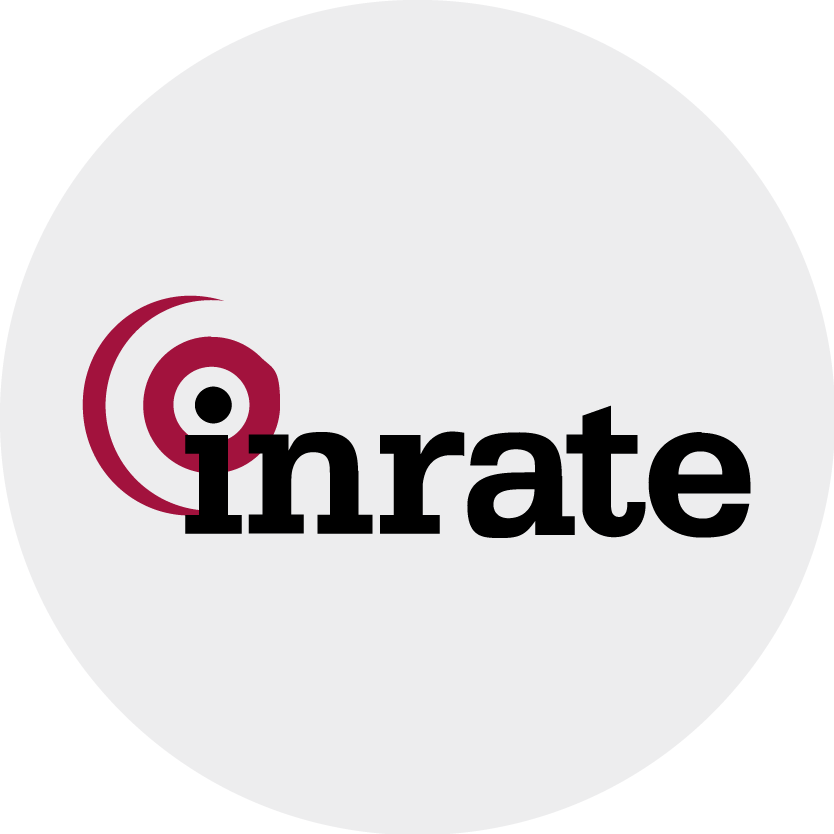Uncertainty in international markets, driven by political shifts and evolving regulations, has placed immense pressure on investors and financial institutions to ensure that their portfolios meet stringent environmental and regulatory standards. In this context, the Omnibus Regulation aims to amend key frameworks, including the EU Taxonomy, to improve transparency and standardize the disclosure of non-financial information. The EU Taxonomy itself serves as a crucial framework for assessing the sustainability of economic activities, helping investors align their decisions with ESG criteria while enhancing transparency and mitigating greenwashing risks in sustainable investments.
Beyond regulatory compliance, financial institutions must integrate the EU Taxonomy into their investment strategies to effectively manage risks, align with climate targets, and maintain credibility in sustainable finance. Ensuring adherence to these standards is crucial for upholding sustainability claims and avoiding financial and reputational risks. Failure to meet these requirements can lead to regulatory scrutiny, eroding investor confidence and causing capital inefficiencies.
Bridging the gap between regulatory expectations and practical implementation remains a significant challenge. Inconsistent corporate disclosures make it difficult to assess taxonomy alignment, leading to gaps in sustainability reporting. Another issue is that many sectors struggle to determine whether their operations meet the EU’s technical screening criteria, further complicating compliance.
Standardized data and clear classification guidelines are essential for addressing these issues, for without them, investors face compliance risks and potential misalignment between investment strategies and sustainability objectives.
The Omnibus Regulation: Redefining EU Taxonomy Implementation
The Omnibus Regulation introduces major refinements into the EU Taxonomy framework, with the changes focused on simplification and alignment. Companies with over 1,000 employees and revenues exceeding EUR 450 million will be required to comply with taxonomy reporting, which will now include a new 10% materiality threshold. Additionally, proposed changes to delegated acts are expected to cut data points by approximately 70%.
Read more: EU Taxonomy Alignment Solutions
The Challenge of EU Taxonomy: Limited Disclosures, Interpretation Gaps, and Impact Assessment
Most organizations struggle with EU Taxonomy reporting due to restricted information disclosure, varying interpretations, and ambiguities between authentic impact and pure compliance.
Key Issues:
- Limited Corporate Disclosures: Financial institutions face difficulties in accurate taxonomy alignment assessment as many companies reveal insufficient data on their sustainability practices. The absence of clear disclosures creates compliance risks that hamper sustainable investment programs.
- Variability in Companie’s Interpretation and Reporting on Alignment: Diversity in corporate alignment reporting methods leads to reporting ambiguities, making it difficult for investors to validate the sustainability alignment of their investment portfolios.
- Frequent Regulatory Updates and Uncertainty: Businesses and investors face considerable difficulties due to the continuous evolution of the EU Taxonomy framework which brings regular amendments that add more criteria. Uncertainty around regulatory changes causes significant hinderances in long-term investment planning, as businesses must repeatedly modify their reporting systems to adjust to evolving standards.

Bridging the Gap: How Investors Can Ensure Compliance and Clarity
Despite the EU Taxonomy’s standardized approach to sustainable investment, significant challenges persist due to gaps in data quality, interpretation, and verification. Investors and financial institutions often encounter difficulties in ensuring the consistency of ESG data across different companies, as varying methodologies and reporting standards can lead to discrepancies, hindering accurate comparison and portfolio analysis. Additionally, they struggle to distinguish true sustainability performance from regulatory disclosures, making it difficult to assess future risks and opportunities. To ensure Taxonomy compliance, organizations must move away from fragmented reporting systems and adopt data-driven reporting frameworks that align with the required standards.
Independent verification of ESG data, supported by standardized ESG datasets, is essential for ensuring reliable and transparent results. Without standardized benchmarks, investors face challenges in objectively assessing taxonomy alignment, making it difficult to compare portfolio performance or conduct effective risk assessments.
How Inrate Supports Investors in EU Taxonomy Alignment
Inrate provides comprehensive EU Taxonomy data solutions at both the company and portfolio levels, enabling investors to assess eligibility, alignment, and compliance with regulatory requirements. Using a standardized methodology, Inrate evaluates corporate activities against the six environmental objectives, ensuring consistency and comparability across disclosures.
Independent ESG impact ratings and AI-driven data validation help mitigate greenwashing risks by reducing reliance on self-reported data. Investors can determine whether companies engage in eligible activities, assess their contributions to environmental objectives, and verify their adherence to the ‘Do No Significant Harm’ (DNSH) principle and Minimum Safeguards for social and governance standards. Inrate’s platform, API, and data export options can be seamlessly integrated into compliance and portfolio management systems, allowing financial institutions to automate monitoring and align investments with EU sustainability goals.
Looking Ahead: What’s Next for EU Taxonomy Reporting?
Upcoming EU Taxonomy adjustments, together with new clarifications, will determine how financial services institutions perform sustainability reporting while managing their investments. The Platform on Sustainable Finance has proposed changes to streamline reporting duties and lower the reporting obligation by one-third. The suggested changes request less company information along with improved proxy usage through estimates while making the DNSH criteria easier to fulfill.
Financial institutions need to anticipate legislative shifts and develop their reporting methods accordingly to keep pace with upcoming changes. Organizations that implement these updates can successfully comply with the standards while strengthening their sustainability performance credibility through improved reporting

Conclusion
Investors play a crucial role in shaping regulatory standards and frameworks and should actively support their development. Integrating advanced data-handling tools is essential for effective stewardship in sustainable finance. Staying informed about policy updates, including new clarifications and proposed simplifications, is key to maintaining compliance and strategic alignment.
Investment institutions that take a proactive and sustainable approach will not only meet regulatory requirements but also enhance their market reputation, ultimately contributing to a more resilient financial system.
As the EU Taxonomy evolves, financial institutions must navigate reporting challenges, particularly regarding data authenticity and regulatory changes. The growing demand for independent, high-quality ESG data underscores the need for transparent, impact-driven information based on standard metrics to ensure compliance with sustainability regulations.


